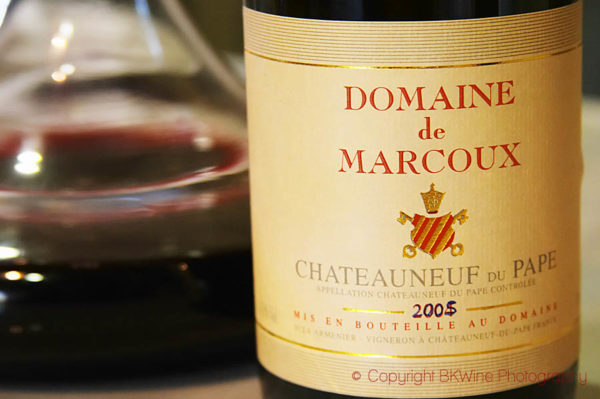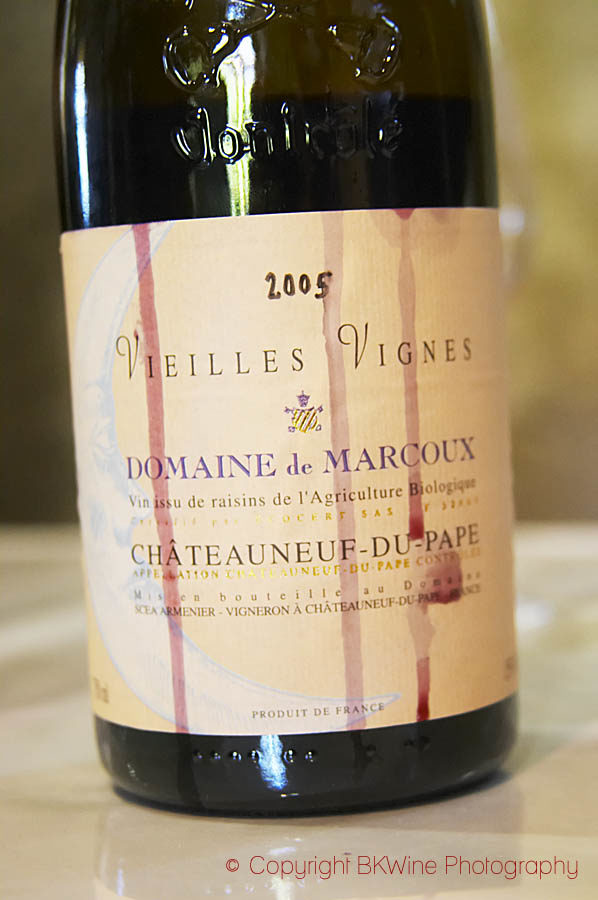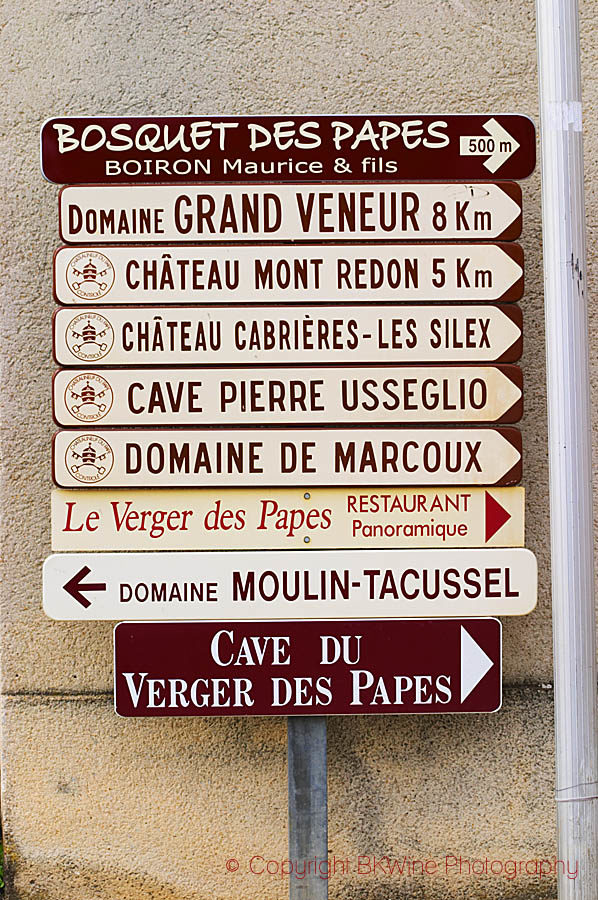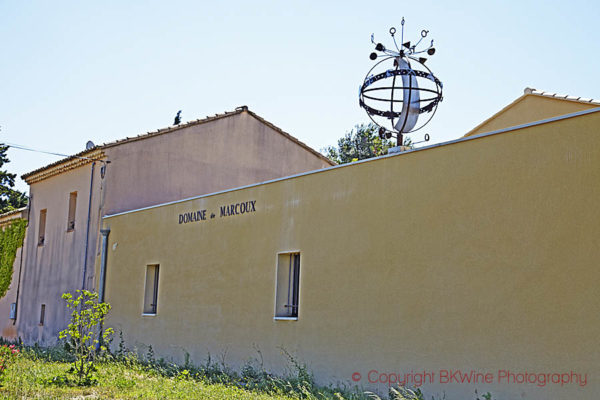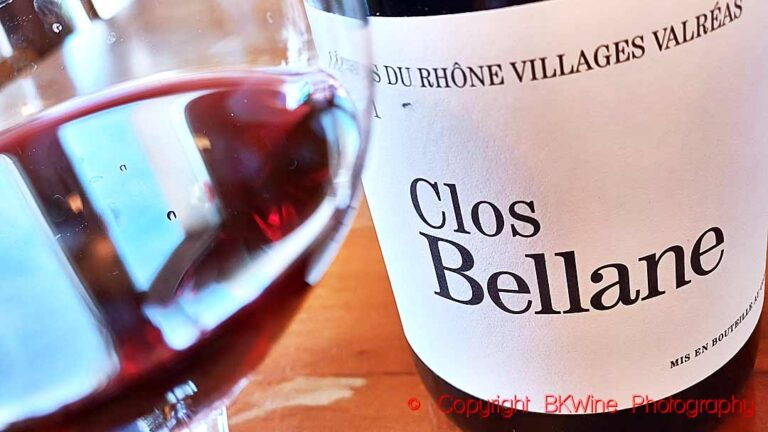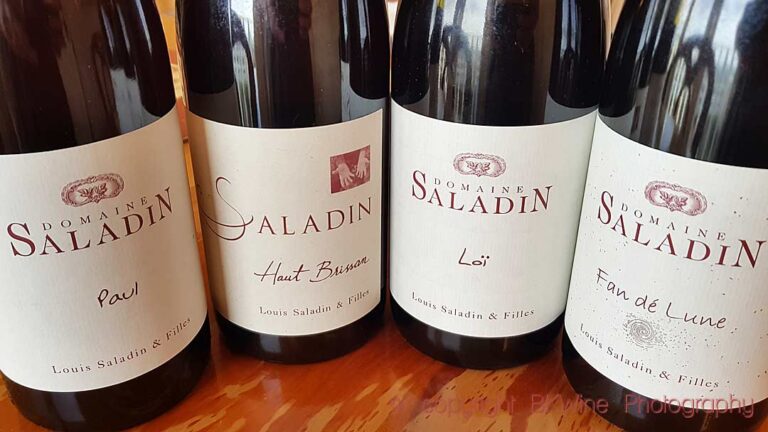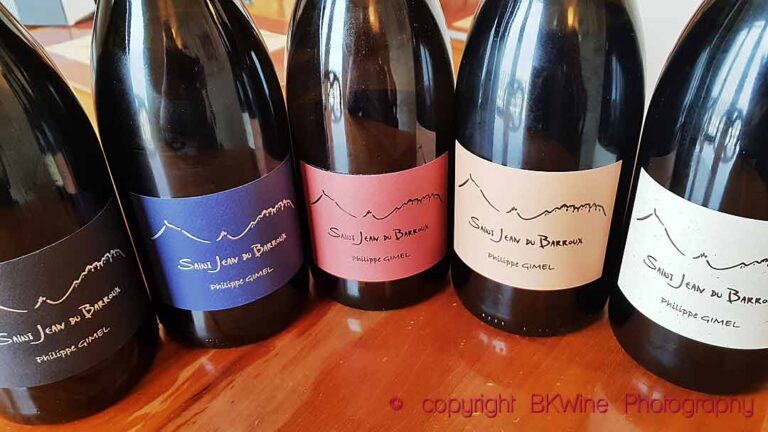Domaine de Marcoux is a family property in the northern part of Châteauneuf-du-Pape. In addition to the exclusive chateauneuf wine, they also make côtes du rhône and vin de france, all of very good quality. On September 14, a triplet of Marcoux wines is launched on the Swedish market by Caviste, but the wines are of course also available on other markets. BKWine Magazine’s reporter Tobias Karlsson has tasted them.
The Domaine de Marcoux was previously managed by two sisters, Sophie and Catherine, but recently Catherine has begun to scale down her involvement and Sophie’s son Vincent has begun to take over. All wines are organically certified.
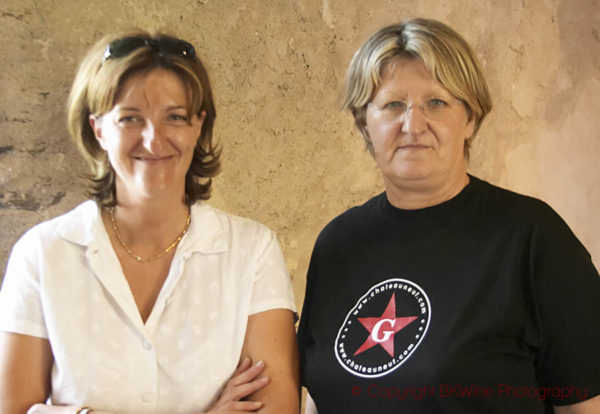
Raisin de Loup 2016
~10 euro. Syrah 54%, Grenache 26% and Caladoc 20%. The wines are just outside Chateauneuf-du-Pape on unclassified land. The wine is a so-called vin de france (what was previously called vin de table), and therefore does not go under the name “Domaine de Marcoux”. The wine only stays for a couple of months on tank and most of it is sold before the summer.
The wine has a light nose, with soft berries. Some raspberry, some forest feeling. Light and a little cool with a stony finish. The tannins are light and slightly granular. The fruit is getting a bit darker at the end.
Domaine de Marcoux Côtes du Rhône 2016
~17 euro. Grenache 60%, mourvèdre 30%, syrah 10%, from quite old vines around Châteauneuf-du-Pape The wine is slowly fermentated in concrete. Bottled after about 9-10 months in tank.
The wine has a nice peppery nose to start with, mixed with some other spices. There are also a lot of red berries, strawberry, lingonberries and a nice tight acidity. Sharp tannins. Some sweet feeling from the alcohol at the end. The wine is nice now but will probably be even better with some ageing.
Domaine de Marcoux Châteauneuf-du-Pape 2015
~38 euro. 80% grenache, 10% mourvèdre, 7% syrah and 3% cinsault. This is from old vines. The wine is mainly made in concrete tanks and only a small portion of the wine comes into contact with barrels. The wine is aged for about 1.5 years before bottling.
The wine starts with violet and roses and sweet berries. The wine is already very well balanced with tight tannins and a long aftertaste. With some time in the glass it evolves to black currants, some spices, and a hint of tobacco also start to emerge.
